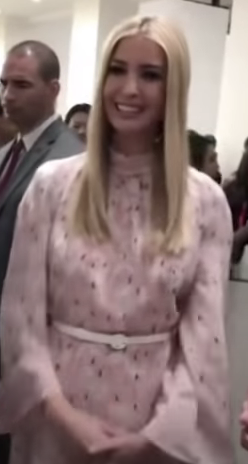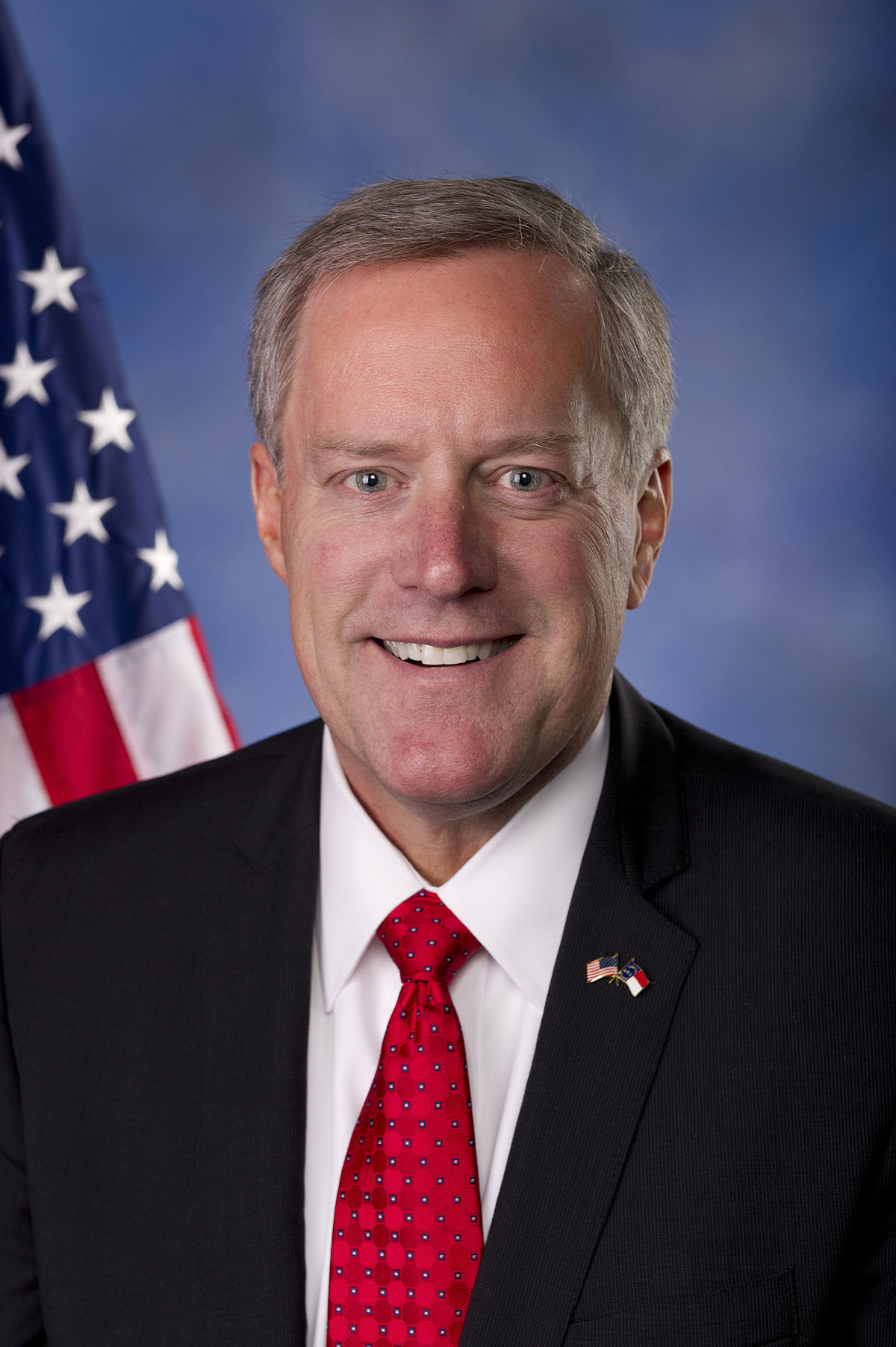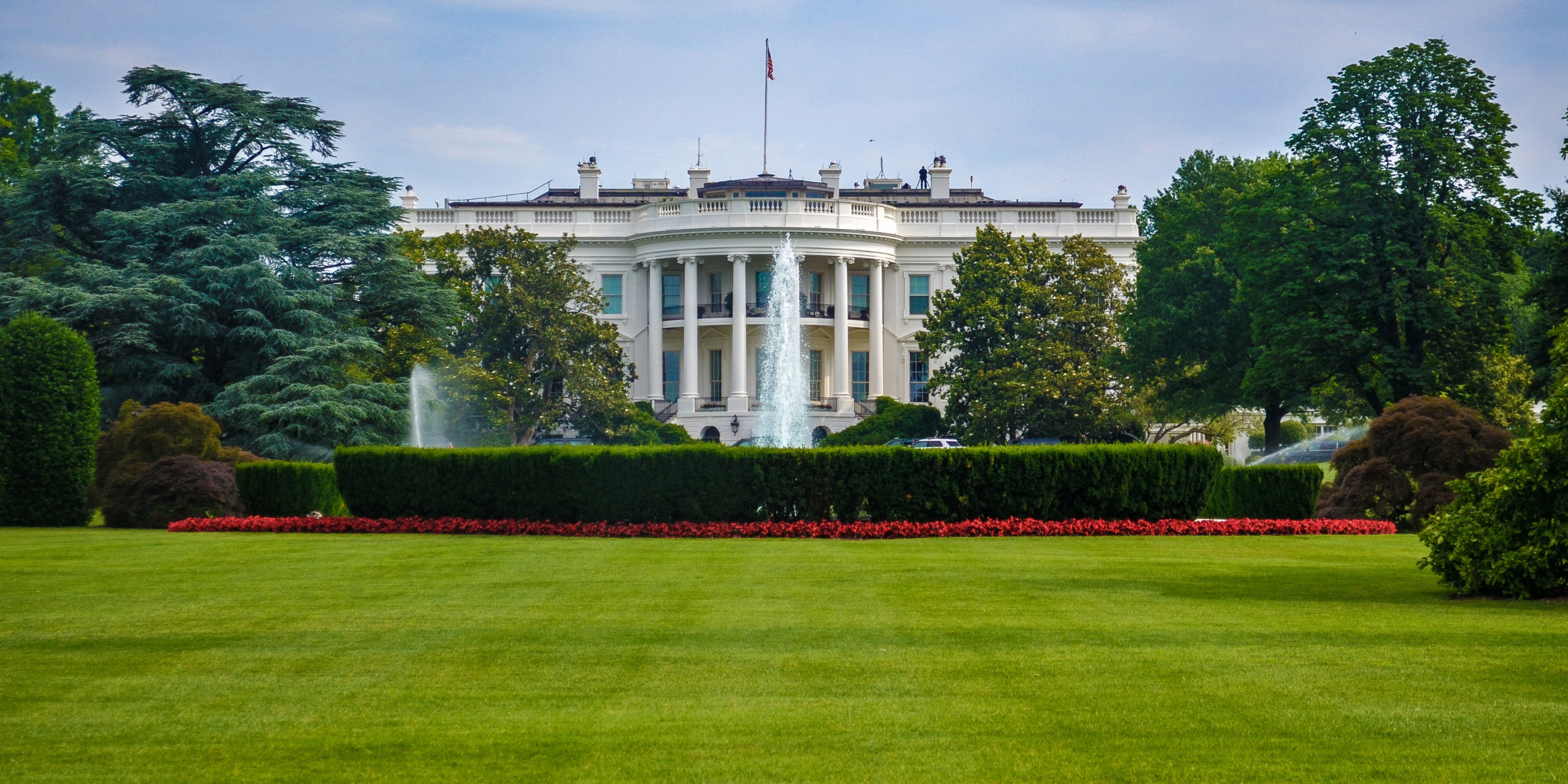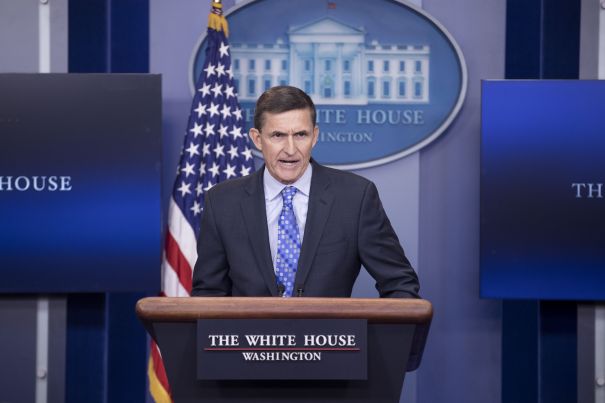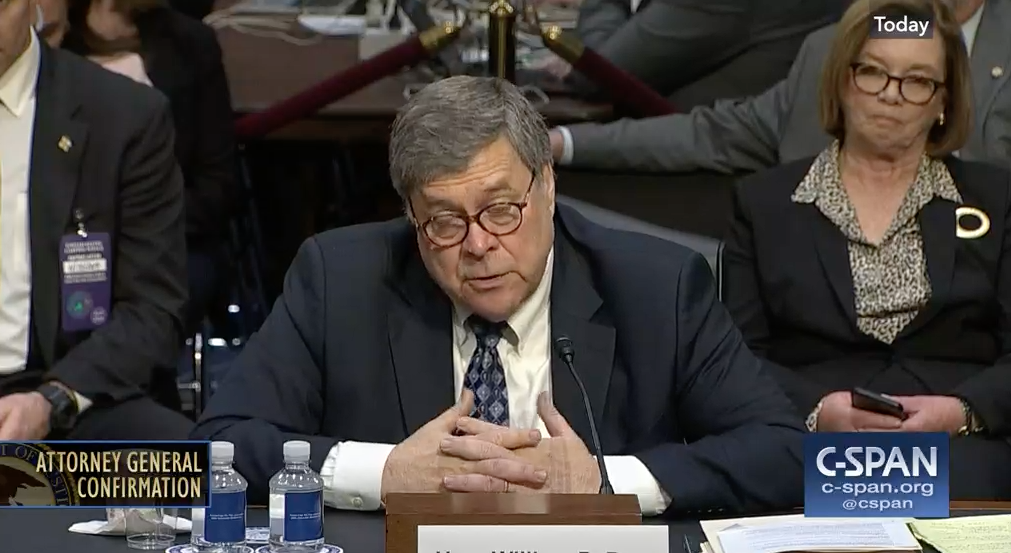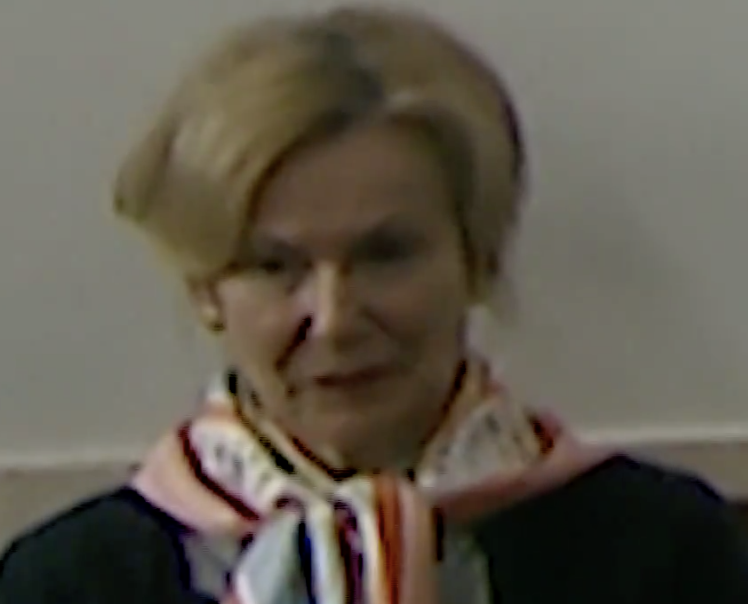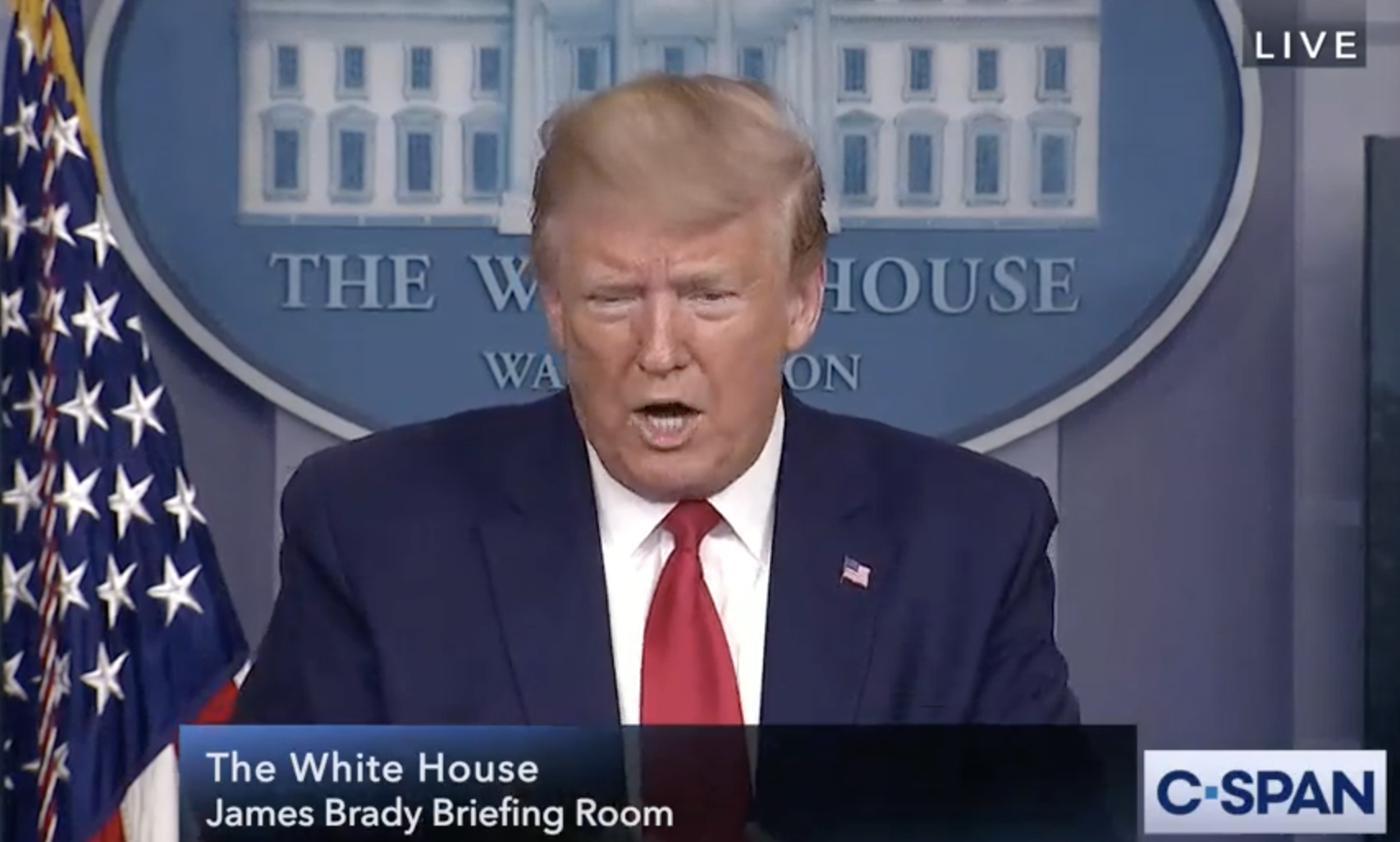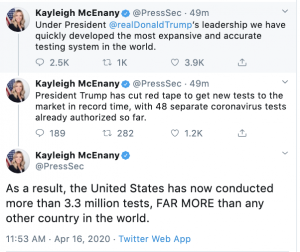Bill Barr’s sloppy lying may finally be catching up to him.
The press should have stopped treating the Attorney General as credible after he obviously lied about the contents of the Mueller Report. But he continued to be accorded the courtesy of the office, through changing DOJ stories about his involvement in Trump’s effort to coerce a quid pro quo in Ukraine (and the impeachment that followed) and his cover stories to explain unprecedented interference in the prosecution of Trump flunkies.
But over the course of the last week, the press has gone from reporting anonymous DOJ scoops, to noting how later DOJ claims conflicted with that scoop, to outright debunking of Barr (even if they’re not yet treating him as the consistent liar they recognize Trump to be).
On Tuesday, WaPo had a scoop citing an anonymous DOJ official stating that Barr personally ordered the attack on protestors, perhaps an effort to shift the focus from Trump.
Attorney General William P. Barr personally ordered law enforcement officials to clear the streets around Lafayette Square just before President Trump spoke Monday, a Justice Department official said, a directive that prompted a show of aggression against a crowd of largely peaceful protesters, drawing widespread condemnation.
The claim took the heat off of President Trump.
In a presser on Thursday, Barr offered a more elaborate explanation. He claimed he made the decision to move the perimeter around the White House on Trump’s orders — to protect the White House from protestors — before the arrival of protestors on Monday.
On Monday, the president asked me to coordinate the various federal law enforcement agencies, not only the multiple department of justice agencies, but also other agencies such as those in the Department of Homeland Security. So we had a coordinated response and worked with the National Guard and also with the DC police. That morning, we decided that we needed more of a buffer to protect the White House and to protect our agents and secret service personnel who could be reached by projectiles from H Street. I made the decision that we would try to move our perimeter northward by a block to provide this additional protection. And later at 2:00 on Monday, I met with all the various law enforcement agencies and we set our tactical plan. And that plan involve moving our perimeter a block North to I Street. It was our hope to be able to do that relatively quickly before many demonstrators appeared that day.
Unfortunately, because of the difficulty in getting appropriate units into place, by the time they were able to move our perimeter up to I street, a large number of protestors had assembled on H Street. There were projectiles being thrown and the group was becoming increasingly unruly. And the operation to what… They were asked to three times if they would move back one block, they refused. And we proceeded to move our perimeter out to I Street.
In the same presser, he claimed that he saw “instigators” before the move to push them back, thereby claiming both advance planning but also an imminent threat.
I think one of the difficulties is that while there are peaceful demonstrators and participants in these protests, the instigators, those committed to violence, basically shield themselves by going among them and carrying out acts of violence. I saw the projectiles on Monday when I went to Lafayette Park to look at the situation. And as one of the officials said, he pointed out various knots of people where the projectiles were coming from and we could see… and it was a lot of demonstrators. And it’s hard to know exactly where they’re coming from. Frequently, these things are thrown from the rear of the demonstration, but we could not continue to protect the federal property involved and protect the safety of our agents with such a tight perimeter. And so our object was to move it out by one block. Next question, please.
On Friday, however, Barr started backing away from responsibility. That day, the AP reported that Barr had not given the tactical move to attack the protestors. Instead, some unnamed person who could not be directly tied to a Barr (and therefore a Trump) command did that.
On Friday, Barr told the AP that both he and U.S. Park Police were in agreement on the need to push back the security perimeter. He said he attended a meeting around 2 p.m. Monday with several other law enforcement officials, including Metropolitan Police Chief Peter Newsham, where they looked at a map and decided on a dividing line. Under the plan, the protesters would be moved away from Lafayette Park and federal law enforcement officials and members of the National Guard would maintain the perimeter line, Barr said.
[snip]
Barr said it was a Park Police tactical commander — an official he never spoke to — who gave the order for the law enforcement agencies to move in and clear the protesters.
“I’m not involved in giving tactical commands like that,” he said. “I was frustrated and I was also worried that as the crowd grew, it was going to be harder and harder to do. So my attitude was get it done, but I didn’t say, ‘Go do it.’”
Barr insisted there was no connection between the heavy-handed crackdown on the protesters and Trump’s walk soon after to St. John’s Church.
Finally, on Sunday, Margaret Brennan interviewed Barr on Face the Nation, one of the first times during this tenure as AG Barr has sat for an interview with someone who was neither (like Pete Williams or Pierre Thomas) someone he knew from the Poppy days, nor (like Catherine Herridge) a right wing stenographer. Brennan challenged a lot of these inconsistencies, leading to Barr to make a comment — that pepper balls are not tear gas — that has been widely mocked since.
MARGARET BRENNAN: I want to ask you about some of the events of the week. On Monday, Lafayette Park was cleared of protesters. You’ve spoken about this. The federal agents who were there report up to you. Did you think it was appropriate for them to use smoke bombs, tear gas, pepper balls, projectiles at what appeared to be peaceful protesters?
BARR: They were not peaceful protesters. And that’s one of the big lies that the- the media is- seems to be perpetuating at this point.
MARGARET BRENNAN: Three of my CBS colleagues were there. We talked to them.
BARR: Yeah.
MARGARET BRENNAN: They did not hear warnings. They did not see protesters–
BARR: There were three warnings.
MARGARET BRENNAN:–throwing anything.
BARR: There were three warnings given. But let’s get back to why we took that action. On Friday, Saturday and Sunday, OK, there were violent riots in- at Lafayette Park where the park police were under constant attack at the- behind their bike rack fences. On Sunday, things reached a crescendo. The officers were pummeled with bricks. Crowbars were used to pry up the pavers at the park and they were hurled at police. There were fires set in not only St. John’s Church, but a historic building at Lafayette was burned down.
MARGARET BRENNAN: These were things that looters did.
BARR: Not looters, these were- these were the- the violent rioters who were- dominated Lafayette Park.
MARGARET BRENNAN: But what I’m asking about–
BARR: They broke into the Treasury Department,–
MARGARET BRENNAN: –on Monday when it was a peaceful protest.
BARR: I’m going to- let me get to this, because this has been totally obscured by the media. They broke into the Treasury Department, and they were injuring police. That night,–
MARGARET BRENNAN: Sunday night?
BARR: Sunday night, the park police prepared a plan to clear H Street and put a- a larger perimeter around the White House so they could build a more permanent fence on Lafayette.
MARGARET BRENNAN: This is something you approved on Sunday night?
BARR: No. The park police on their own on- on Sunday night determined this was the proper approach. When I came in Monday, it was clear to me that we did have to increase the perimeter on that side of Lafayette Park and push it out one block. That decision was made by me in the morning. It was communicated to all the police agencies, including the Metropolitan Police at 2:00 p.m. that day. The effort was to move the perimeter one block, and it had to be done when we had enough people in place to achieve that. And that decision, as I say, was communicated to the police at 2:00 p.m.. The operation was run by the park police. The park police was facing what they considered to be a very rowdy and non-compliant crowd. And there were projectiles being hurled at the police. And at that point, it was not to respond–
MARGARET BRENNAN: On Monday, you’re saying there were projectiles–
BARR: On Monday, yes there were.
MARGARET BRENNAN: As I’m saying, three of my colleagues were there.
BARR: Yeah.
MARGARET BRENNAN: They did not see projectiles being thrown–
BARR: I was there.
MARGARET BRENNAN: –when that happened.
BARR: I was there. They were thrown. I saw them thrown.
MARGARET BRENNAN: And you believe that what the police did using tear gas and projectiles was appropriate?
BARR: Here’s- here’s what the media is missing. This was not an operation to respond to that particular crowd. It was an operation to move the perimeter one block.
MARGARET BRENNAN: And the methods they used you think were appropriate, is that what you’re saying?
BARR: When they met resistance, yes. They announced three times. They didn’t move. By the way, there was no tear gas used. The tear gas was used Sunday when they had to clear H Street to allow the fire department to come in to save St. John’s Church. That’s when tear gas was used.
MARGARET BRENNAN: There were chemical irritants the park police has said–
BARR: No, there were not chemical irritants. Pepper spray is not a chemical irritant.
It’s not chemical.
MARGARET BRENNAN: Pepper spray, you’re saying is what was used–
BARR: Pepper balls. Pepper balls.
MARGARET BRENNAN: Right, and you believe that was appropriate. What I want to show you is what a lot of people at home who were watching this on television saw and their perception of events. So while the president says that he appreciates peaceful protest, around the same time, this crowd–
BARR: Well, six minutes- six minutes difference–
MARGARET BRENNAN: Right, around same time the area is being cleared of what appear to be peaceful protesters using some force. And after the speech is finished, the president walks out of the White House to the same area where the protesters had been and stands for photo op in front of the church where the protesters had been. These events look very connected to people at home. In an environment where the broader debate is about heavy handed use of force in law enforcement, was that the right message for Americans to be receiving?
Along the way, however, Barr’s explanation got more and more inconsistent.
What started out as an apparent effort to shield the President from direct responsibility for attacking protestors to clear way for his photo op became, by the end of the week, an effort to create a legal justification — protestors throwing things — while still distancing the time of the order from the photo op.
That’s a conflict Phil Bump highlighted in a particularly good job of shredding Barr’s statements, relying on an earlier detailed timeline he did. In addition to mocking Barr’s claim that pepper balls are not tear gas because they’re naturally occurring, Bump shows how Barr’s statements yesterday conflict with the justification for using tear gas.
“Here’s what the media is missing,” Barr said to Brennan on Sunday. “This was not an operation to respond to that particular crowd. It was an operation to move the perimeter one block.”
The problem with that framing is twofold.
First, it contradicts that same statement from the Park Police that serves as the backbone of the tear-gas defense. In that statement, the Park Police claim that protesters “began throwing projectiles including bricks, frozen water bottles and caustic liquids” at 6:33 p.m. This prompted the effort to clear the square to “curtail the violence that was underway.” There’s nothing about this being a planned operation.
What’s more, Barr himself made the claim to Brennan that the protesters were being violent at the time that the effort to remove them began.
“Three of my colleagues were there,” Brennan told him. “They did not see projectiles being thrown.”
“I was there,” Barr replied. “They were thrown. I saw them thrown.”
The timing of Barr’s visit is important, and we’ll get to it in a bit. But suffice it to say that video evidence from the period not only doesn’t back up the Park Police claim, it also doesn’t show Barr reacting to any such events.
It has been rare, possibly unprecedented, for the press to track Barr’s obvious lies this closely, even in the case of legal cases (like the Flynn prosecution) where Barr’s flip-flops are docketed.
I think a lot of things explain the unusual attention to Barr’s flip-flops. The assault on protestors and Trump’s tone-deaf photo op was so pathetic, the White House went into damage control. And because there were so many journalists at Lafayette Park, there were a slew of witnesses attesting to inconsistencies and inaccuracies in the official version of the story (starting with the Park Police’s flip-flops on the tear gas). Now, Barr is in a position of accusing three CBS reporters and at least one WaPo reporter, whose versions of this story differ dramatically from his own, of lying: His word against the reports of outside observers who have film to backup those reports.
But Barr’s changing excuses may also be partly explained by one other thing.
As noted, Barr’s first instinct seemed to be to distance the President from the order targeting peaceful protestors, and as he has repeatedly done, he took responsibilty (and Kayleigh McEnany happily gave him responsibility). But that created new problems: including why the Attorney General was ordering cops, many of them not within his chain of command, but more importantly, why Trump — through orders given to Barr who executed those orders by issuing orders of his own — had responded to First Amendment protected activities with a violent assault.
The stakes of the answers to that question may have gone up with the filing of a lawsuit captioned, “Black Lives Matter v. Donald Trump:” Bill Barr is a named defendant.
Defendant William Barr is the Attorney General of the United States. He is sued in his individual and official capacity. He personally issued the order that resulted in the unlawful actions complained of in this lawsuit.
[snip]
At approximately 6:08 pm, Defendant Barr entered Lafayette Square.
At 6:10 pm, Defendant Barr was behind the law enforcement officials in Lafayette Square pointing north towards St. John’s Church. The Department of Justice subsequently acknowledged that Defendant Barr personally ordered that Lafayette Square be cleared.
Let me be clear: because this suit focuses on Bivens complaints about the violation of Constitutional rights, it probably won’t succeed in terms of the damages requested. Recent proceedings have largely gutted Bivens.
But what the suit does do is trace a link between Barr’s actions and the complaints of the plaintiffs (who include a 9-year old boy, a Navy veteran, and a former Eagle Scout). It does so through some of the same details that Barr is now trying to obfuscate.
And what the lawsuit may do is force a way to make the events that Barr is trying to cover up public.
Barr’s lies are consistent with all his other lies. He makes broad claims to power — not authority — and then he keeps changing the story as needed to try to give his claims retroactive legal cover.
This time, he may be forced to do so in court.
Update: WaPo did an unbelievably detailed piece showing no evidence for Park Police claims of dangerous projectiles, and making evident how the clearance of the Square led to the photo op.

